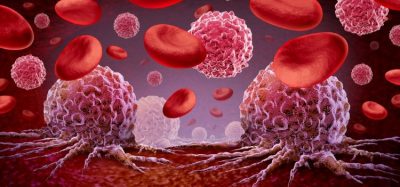Drug delivery improved through mesoporous materials
Posted: 5 September 2019 | Rachael Harper (European Pharmaceutical Review) | No comments yet
A new study on DOX as a model drug has potential applications in the drug delivery field for better control drug release.


A group of researchers have conducted a study on DOX as a model drug and introduced a reverse method in which organic groups are grafted after removing the template agent. This has potential applications in the drug delivery field for better control drug release.
The particle size of mesoporous silica can reach the nanoscale, which allows it to withstand thermal and mechanical stresses as well as pH and oxidation degradation with low toxicity and good biocompatibility.
These showed improved effects of different physical and chemical characteristics on drug loading”
Taking advantage of these characteristics, the group of researchers from Guizhou University and Guiyang Vocational and Technical College, both China have improved the drug-loading capacity by adjusting the pore diameter through surface modification to achieve controlled and targeted delivery of drugs.
To overcome the groups’ shortcomings of low loading capacity and long loading time, the number of functional groups were increased to grow the number of activity sites. Based on previous experimental research on DOX as a model drug, following Stober’s theory of the synthesis of mesoporous silica in a water-methanol-ammonium hydroxide-TEOS system at different temperatures, mesoporous silica spheres with diameters ranging from 80 to 290nm were obtained.
These showed improved effects of different physical and chemical characteristics on drug loading due to the functionalisation of organic groups. 3-[2-(2-aminoethylamino)ethylamino]propyl-trimethoxysilane(NQ-62) and succinic anhydride (SA) were utilised as modifying agents in organic functionalisation processing. This improved the drug loading, possessing great potential to control drug release.
The paper will be published in NANO.
Related topics
Drug Delivery Systems, Drug Development, Research & Development (R&D)
Related organisations
Guiyang Vocational and Technical College, Guizhou University, NANO









